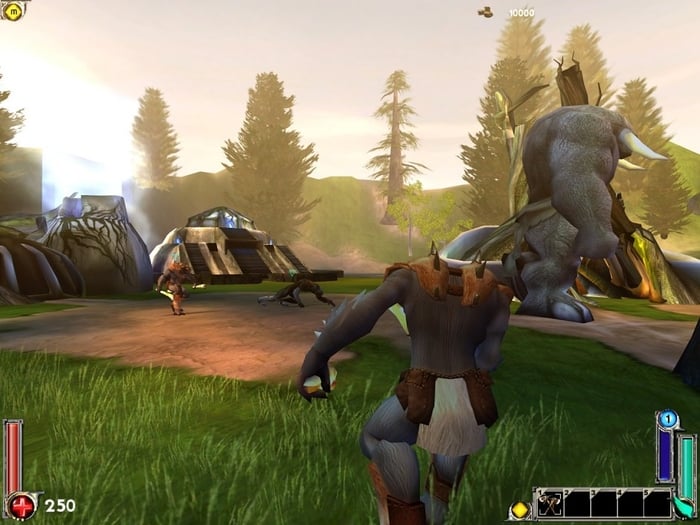
The research attempts to provide a general and affordable UI framework for assisting static websites in transferring into the Web XR field. The research focuses on static websites (HTML5) for building up the initial framework principle with fundamental XR characteristics. Therefore, it is challenging to drive medium/small businesses to jump into the Web XR field, and to improve their online services, because the XR field still has a high level of development barriers. However, the reconstruction caused a high development cost. He redesigned the web survey UI layout and received positive user test data. For instance, Saeed developed a web-based survey tool for VR platforms. We found that most existing Web XR research aims to reconstruct the website UI and transfer it to XR applications. However, WPForms, one of the largest CMS plugin providers globally, indicates that medium/small businesses usually cannot afford a high investment into online business. Significantly, static websites have a high ratio globally. Web Hosting statistics and facts for 2021 indicate that static websites without ecommerce modules occupy 51.3%. The paper indicates possible future views based on the experimental study. Compared with the traditional web layout, the experimental results showed that the framework can improve the user experience in static websites.

We conducted a user study with 60 participants to evaluate the reading performance. In order to evaluate the performance efficiency of the framework, a proof-of-concept prototype was developed to examine the concept. The framework covers three aspects, including main content, a scrollbar, and navigation. A 3D UI framework is proposed for providing an immersive, explorative, and readable user experience. The research designs the Web XR User Interface framework with XR characteristics and componentization design.

Furthermore, the study analyzes the characteristics of XR. The study also discusses the advantages of web componentization and the Page Builder System, which is a famous framework for web componentization.

The paper discusses Web Extended Reality (XR) and its current circumstances. Considering the potential of XR, we analyzed the use of XR technology for the improvement of web service user experiences. Extended Reality (XR) technology has shown enormous potential in the educational, commercial, and medical fields. Advances in digital interactive technologies have created a range of innovative products and services for the well-being of society.


 0 kommentar(er)
0 kommentar(er)
